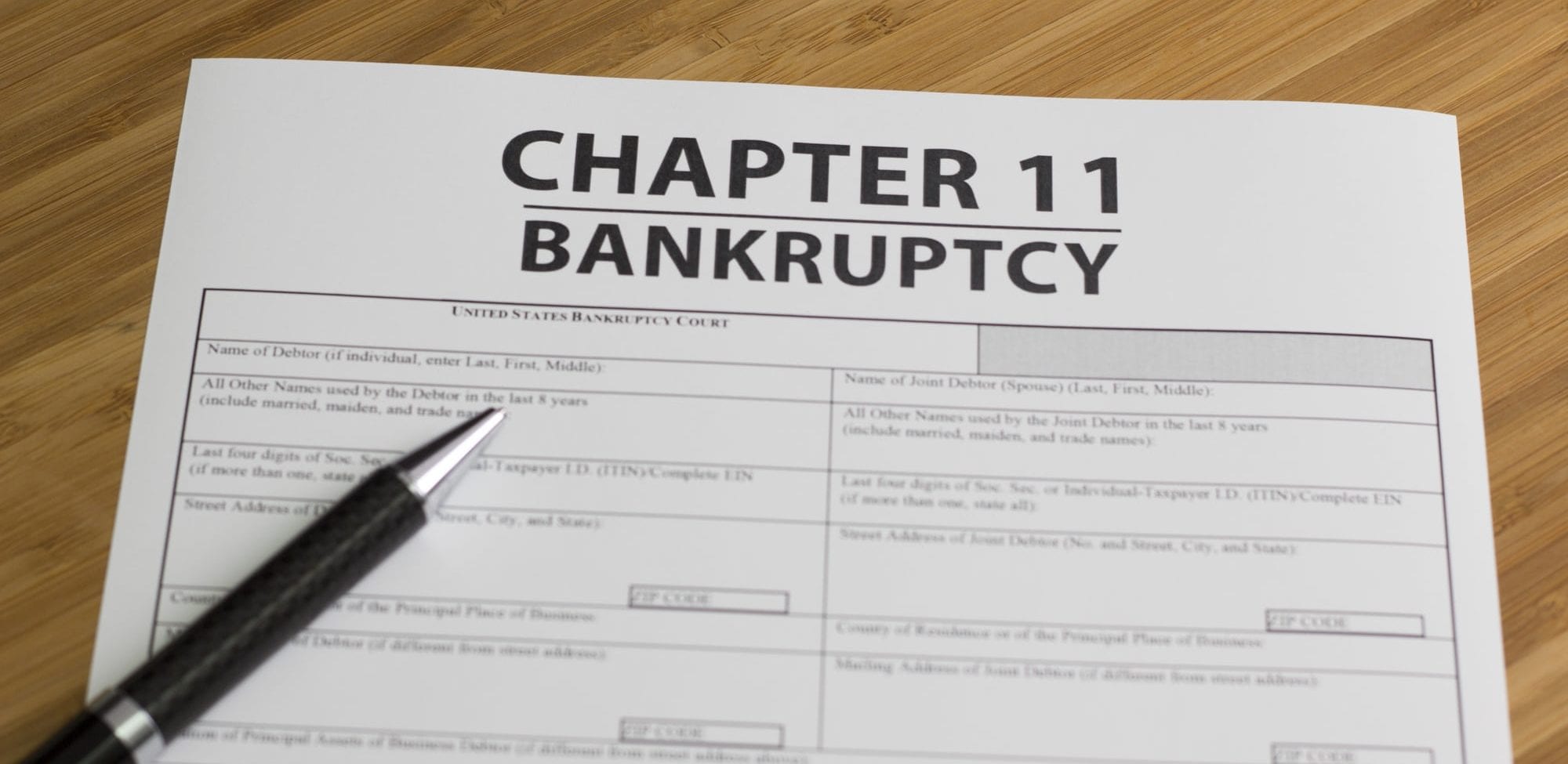Filing for bankruptcy can be a complex process with many steps. Generally speaking, there are three main stages in the bankruptcy process:
Pre-Bankruptcy
The pre-bankruptcy stage involves gathering financial information, choosing which chapter of bankruptcy to file, hiring a bankruptcy attorney, and completing mandatory credit counseling.
Before filing, it is important to pull together a list of assets, liabilities, income, and expenses. This helps determine which chapter of bankruptcy is best suited for your situation. The most common consumer bankruptcy filings are Chapter 7 and Chapter 13. Chapter 7 bankruptcy liquidates eligible assets to pay off debts, while Chapter 13 sets up a 3-5 year repayment plan.
Next, hiring an experienced bankruptcy attorney is highly recommended to ensure you understand your rights and successfully navigate the process. An attorney can advise which chapter is optimal and ensure proper paperwork completion and filing.
Finally, completing credit counseling from an approved agency is required within 180 days of filing. Credit counseling provides education about managing finances and different debt relief options.
Filing Bankruptcy
The bankruptcy filing stage involves preparing and submitting paperwork, attending a meeting of creditors, and more.
To start, you or your attorney will prepare a bankruptcy petition and other required documents such as schedules of assets and liabilities. The petition is then filed with the bankruptcy court to open a bankruptcy case. Filing fees apply unless a waiver is obtained.
Within 30-60 days, you will attend a meeting of creditors where the bankruptcy trustee and creditors can ask questions about your financial affairs. Providing accurate, thorough responses is important. Most debtors receive a bankruptcy discharge 60-90 days after the creditors meeting if all requirements were met.
Post-Bankruptcy
The post-bankruptcy stage involves following court orders, receiving a discharge of eligible debts, and rebuilding credit.
A discharge order eliminates your liability for discharged debts like credit cards, medical bills, and personal loans. However, exceptions apply for student loans, taxes, and domestic support obligations. It is critical to comply with court orders and the trustee’s instructions during this time.
Finally, focus shifts to reestablishing credit. It is wise to begin paying bills on time and keeping credit card balances low. After 1-4 years, you may qualify for a new mortgage or auto loan, but interest rates are generally higher after bankruptcy. With diligence, your credit can recover in time.
Bankruptcy is a major undertaking, but can offer a fresh financial start when used prudently. Understanding the three main stages will help you navigate the process smoothly. The key steps include pre-filing preparation, submitting legal paperwork, attending the creditors meeting, receiving a discharge, and rebuilding credit responsibly. With patience and commitment, you can move beyond financial struggles and establish new, healthy money habits after bankruptcy.
Subsections:
Pre-Bankruptcy Preparation
– Gather financial records
– Choose appropriate bankruptcy chapter
– Hire a bankruptcy attorney
– Complete credit counseling
Filing Bankruptcy
– Prepare and submit paperwork
– Attend meeting of creditors
– Receive bankruptcy discharge
Post-Bankruptcy Rebuilding
– Follow court orders
– Reestablish credit responsibly
– Focus on new financial habits
Frequently Asked Questions:
How long does bankruptcy stay on your credit report?
Bankruptcy public records typically stay on your credit report for 7-10 years depending on the chapter filed. For Chapter 13, it may stay for 7 years from when the repayment plan is completed. For Chapter 7, it remains for 10 years from the filing date.
What debts are discharged in bankruptcy?
Common dischargeable debts include credit cards, medical bills, utilities, personal loans, and most old tax debts. Non dischargeable debts include student loans, recent taxes, alimony/child support, and other court ordered obligations.
Can you keep your house and car when filing bankruptcy?
In many cases, yes. Property exemptions allow protecting equity in owned real estate and vehicles in Chapter 7 and Chapter 13 bankruptcy. Requirements vary by state. Your attorney can explain if you can keep property.
Does bankruptcy clear judgments?
Yes, filing bankruptcy usually eliminates judgments like wage garnishments, civil judgments, and tax liens. These creditors must cease collection efforts after you receive a bankruptcy discharge. Some judgments may survive bankruptcy in limited circumstances.
What credit score is needed to buy a house after bankruptcy?
Most lenders want at least a 620 FICO score before approving a mortgage after bankruptcy. Focus on responsibly managing credit cards and loans to rebuild your credit score over time. Many can qualify for mortgages 2-4 years after a Chapter 7 discharge.
In summary, navigating the bankruptcy process takes patience but can provide a fresh start for your finances. By understanding the main stages and timeline, hiring an attorney, and rebuilding credit properly, you can overcome debt struggles and work toward a more stable financial future after bankruptcy.







